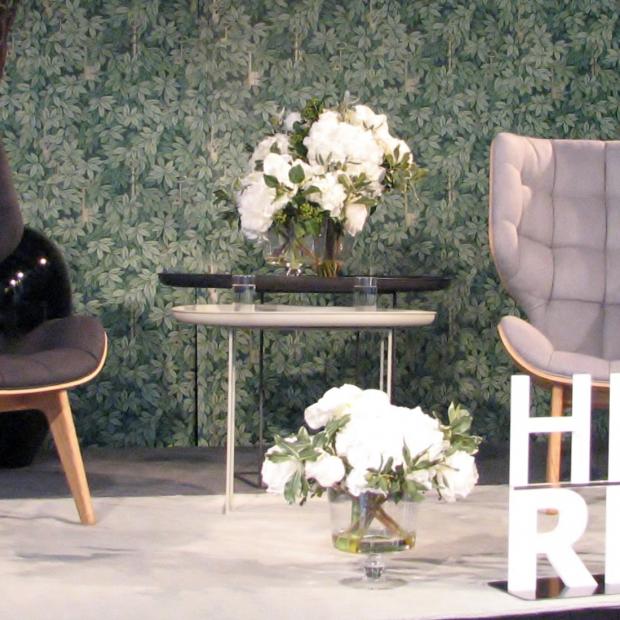Woman from the Attic to the Window
Literature, Visual Culture and Film Studies Master’s student Nedim Kaya introduces A. J. Finn’s novel The Woman in the Window.

The Woman in the Window is a novel by A. J. Finn which depicts a middle-aged woman, Anna, and her curious habit: espionage. Locked up in her big house, Dr Anna Fox (a child psychologist) watches the whole neighbourhood with her camera. In her big ‘empire’, she tries to stay connected to life watching black-and-white thrillers, playing chess, talking to her family who are living somewhere else, helping other agoraphobic people online, and drinking, drinking a lot. And then the Russells come. Their arrival takes Anna’s routine of spying on other people to a different level and she sees something about Russells that escalates events quickly.
The setting and the use of space is reminiscent of Paul Auster’s The New York Trilogy. Anna is the key to this small neighbourhood. Although not leaving the house for quite some time, she elaborately visualises the houses, parks, and people. Perhaps, because of the fact that she is detached and isolated to a certain degree, the details in her observations reveal much more than what is delivered to the reader in her narrative. The novel can actually be taken as Anna’s diary of consecutive entries. The language she uses is sincere and open – there’s no need to mention that the tone raises the reader’s sympathy towards her. It is easy to follow what is going on inside her mind because she reveals the details amidst the dialogue, between sentences, and even before her response in a conversation through her inner voice. She likes to act like a director. Not only does she always have a camera with her but she watches thrillers all the time, too (a referential list for the reader). Also, she seems to enjoy interacting with what she is gazing at. The cinematographic expressionism in the narrative technique helps to communicate Anna’s point of view, the bonds between characters and the flow of the storyline.
From a psychological perspective, the characters play a power game over the space they live in and over who is the subject of the ‘gazing’. The modern city lifestyle, in which we live very close to one another and yet we almost know nothing one another, is one of the themes of The Woman in the Window. The way the everyday relationships are presented in the novel can make the reader question the privacy of the individual as opposed to the presence of a crowd that surrounds them. Are we really as secluded as we like to think we are? Or are we all in need of assistance when it comes to surviving modern times? The gaps and hollows that one person opens in our mental map meaning that the behavioural change in the way an individual expresses herself can have a contributing role in our perception of the environment. What the novel highlights is the fact that strangers may occupy the void that people carry because the lines between the relationships are blurred. So, the characters’ attitudes throughout the novel can be interpreted as defensive ones to keep the upper hand against each other’s observations and gaze.
It also attracts attention to how the representation of the self and the perception of images by others. It is important since the self-representation can have an impact on the judgement of a character’s personality which eventually evolves into a credibility issue. It should be noted that the portrayal of Anna’s life draws a parallel with the idea of ‘the woman in the attic’ from feminist/post-colonial studies. It originates from Charlotte Bronte’s character, Bertha from Jane Eyre, who is displayed as a ‘mad woman’ who is locked up in the attic and not given any opportunity to express herself but judged and labelled as the ‘unwanted’ one against the protagonist of the novel, Jane Eyre. A. J. Finn’s work doesn’t structure the case in exactly the same way; however, it adds up to the contemporary reading of the concept of ‘the woman in the attic’ and positions her by the window in the darkness with medication, alcohol, and loneliness. Although she faces a similar attitude (no further details as they will spoil the plot), the whole story is narrated by Anna. Her particular focus is at the centre. By doing so, The Woman in the Window underlines the modern existence of such boundaries towards female characters.
Built around sharp twists, claustrophobic experience, and a thrilling narrative, The Woman in the Window captures the reader’s attention from the very first page and keep the tension till the end. According to IMDb, there is also a film version of the book in post-production casting Amy Adams as Anna Fox. It would not be extraordinary to expect a film like Gone Girl (2014) and The Girl on the Train (2016) keeping in mind the novel’s story and cinematographic narrative technique.
Author: Nedim Kaya
The international Master’s programme Literature, Visual Culture and Film Studies (LVF) has launched a collaboration with the literary festival HeadRead to offer its students an opportunity for field-related practice. The students will participate in the organisation of the festival, conduct interviews with the guest authors, and introduce their work. This year’s guests to the festival include Vladimir Sorokin, A. J. Finn, Michel Faber, Helen Rappaport, Domenico Starnone and many others.
More about HeadRead here.
